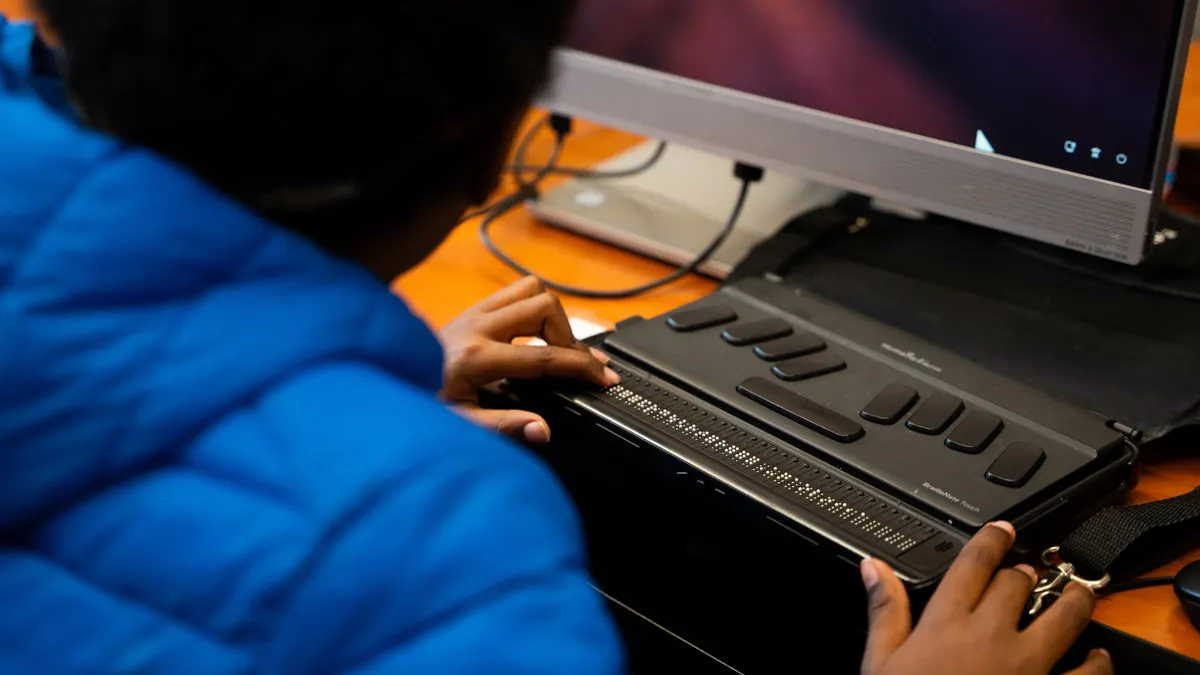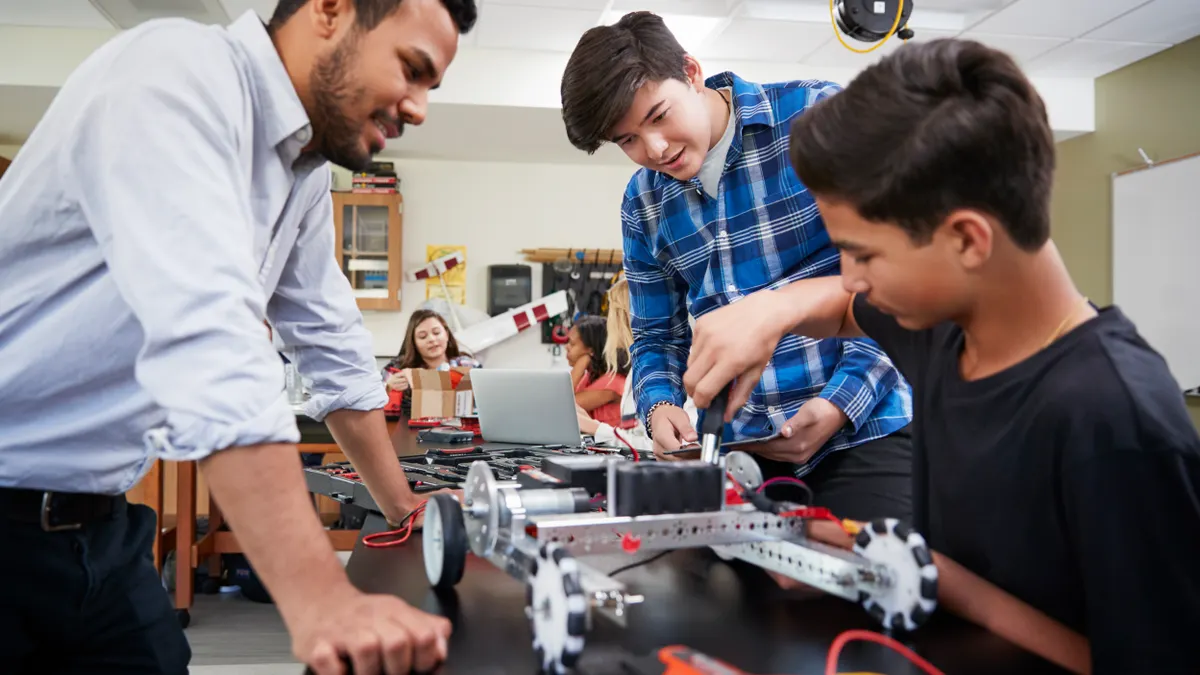Tim Smyth is a social studies teacher at Wissahickon High School in Ambler, Pennsylvania.
I knew early on the type of teacher I wanted to be: Someone who fuels curiosity and connects with students. Someone who inspires.
My father inspired me to become a teacher. He wasn’t a traditional educator — he was a Philadelphia police officer — but his love and passion for history was contagious. He made history come alive through human stories filled with humor, excitement, struggle and finding strength in weakness. I learned so much from him, and we developed a deep connection through this shared interest.
My own desire to inspire led me to dream big and take on challenges within each classroom I’ve had the honor of serving, and I’m proud to say I’ve been a social studies teacher at Wissahickon High School since 2001. But it hasn’t always been easy.
Fifteen years into my teaching career, I hit a wall. I was overwhelmed and exhausted. The demands of teaching had finally caught up to me, and I was burned out. Quickly approaching a crossroads, I had to determine whether I could walk away from a career I loved and had dedicated my life to, or find a way to reignite that passion for making stories come alive and engaging students. I chose passion — literally.
Bringing my passion to the classroom
I have always loved comics. And in 2007, while earning my master’s degree as a reading specialist at Gwynedd Mercy University, I was encouraged to integrate this passion into my classroom to help students understand the world in a deep and meaningful way. It was an interesting thought I remember considering, but I never dared put it into practice. Until I finally did.
It changed everything.
Bringing comics into the classroom made me love teaching again, and it lit a fire in my students I still see to this day. The stories resonate. They bring history to life. Best of all, my students can see themselves in the characters, allowing them to better relate to the themes, topics and real-life situations.
Through this practice, I’ve seen students open their eyes to the idea that “history is all around us” and not just in textbooks. I’ve seen them become creators of history. I’ve seen them realize that their voice matters, and what they do will be remembered.
It was comics and the reaction from my students that kept me from leaving my profession several years ago, and it’s what keeps me here today. But passion can only take you so far.
The lasting impact of the past three years
The COVID-19 pandemic changed the education landscape in ways we are still processing. I currently teach sophomores, and these students have never had a normal high school experience.
But it’s the emotional toll of the last three years that’s created the largest chasm — and that will be hard to bounce back from.
The mental health strain of students and teachers has reached alarming levels, yet the pandemic was not the catalyst. It was the tipping point. The warning signs were there long before that historic spring when so much of the world was shut down and we watched countrywide protests for equality.
There’s a lot of talk about “returning to normalcy,” but what does that even look like? Students are exposed to so much on social media that we can no longer ignore what’s happening all around us.
As educators, we do everything in our power to help kids feel seen and heard. But the more they’re subjected to the toxic political climate, fear of school shootings, and shifting rules and expectations, the harder it is to give them the support they need — especially when teachers often feel less than supported themselves.
How to keep teachers from leaving
It has never been more important to be an educator, and I feel the weight of this responsibility on a deep, personal level. Teachers touch more lives than most other professions, and we have an unrivaled multi-generational impact. Yet we need help, and we need it now.
I remember staying on the computer all night when schools went fully remote, trying to connect with my students in a meaningful way — in any way. I learned how critical it was to be a role model for them despite not being physically together, and I stayed for them.
But I can’t blame teachers who walked away.
We build teachers up, but the reality is typically much different. These days, aside from their regular duties, teachers are tasked with taking on the trauma of the kids. Kids who have jobs to help families make ends meet. Kids who are hungry. Kids who are helping to raise siblings. Kids who feel alone. Kids who struggle mentally and emotionally.
Teachers are there every day — in person and online — advocating for and prioritizing every one of their students’ individual needs. But who is there for the teachers?
Pennsylvania recently unveiled a plan to address the growing teacher shortage, and while the steps within are worthwhile, more support is needed today.
There should be increased social-emotional learning instruction for teachers. There must be a stronger push to reaffirm the rules and expectations in schools (which may have lessened during the pandemic), and a genuine partnership among teachers, parents and administrators must be reestablished. After all, education only works if we’re in it together.
Simple gestures go a long way, as well. Send a note to a teacher. Send an email to the principal or school board in support of your teacher. When your child has a positive experience or comes home excited to talk about a recent lesson, let the teacher and their administration know, too.
Oftentimes, the only voices teachers hear are those complaining — yet they tend to be the loudest. Social media and news stories are full of doom and gloom in education, but we know that’s not always the case.
I want to be the teacher I needed when I was a kid, and the thought of providing a roomful of students with support, laughter and a stable learning environment keeps me going. Young people need us, and I know what we do matters. But we can’t do it alone.
And if you want to inspire the next generation of teachers — the ones who will, hopefully, bring their passions to the classroom to inspire children every day — you must show them you have their backs. If not, you’ll be searching for their replacements, and there won’t be anyone left in line for the job.





















